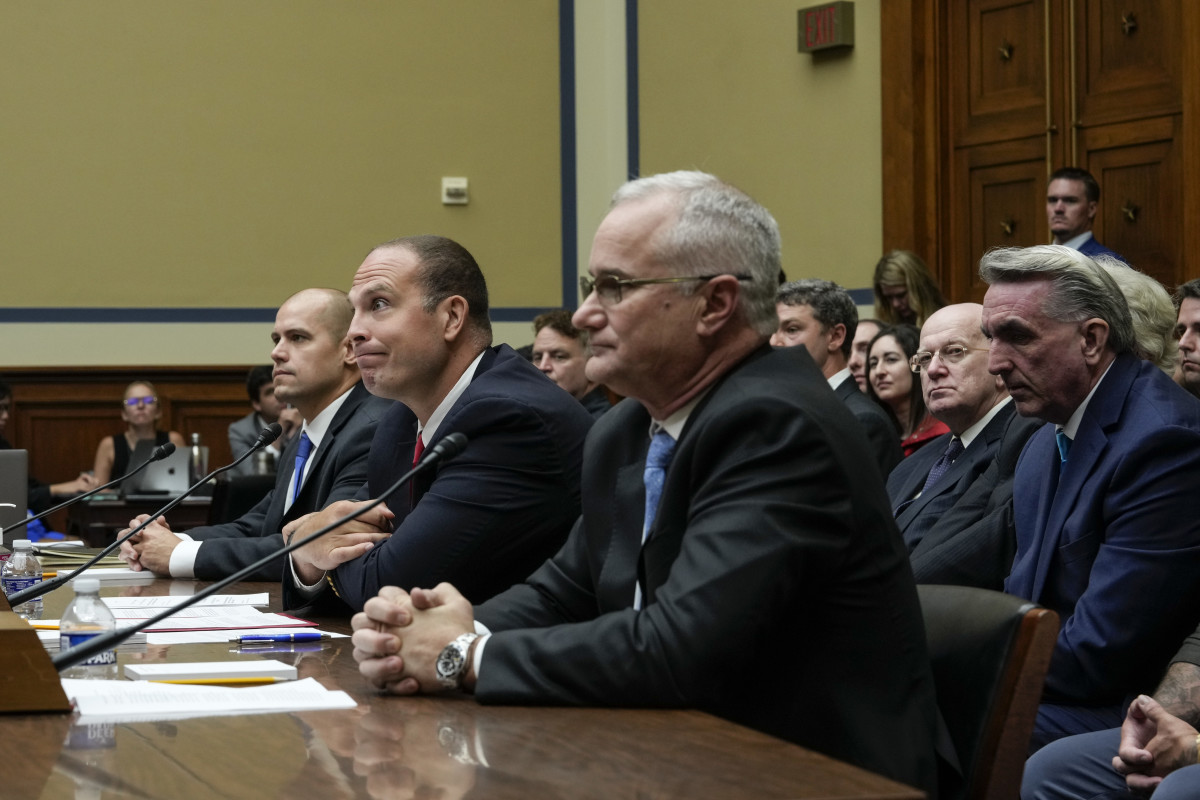
UFOs, or as they've been termed by the government, UAPs, are starting to be taken a bit more seriously. They are no longer dismissed as the result of the hyperactive imagination of someone who watched Steven Spielberg's "Close Encounters of the Third Kind" too late at night; they are a true scientific anomaly that has become a new research focus of both NASA and the Pentagon.
After former U.S. intelligence officer and whistleblower David Grusch told NewsNation in June that UFOs are real and that the U.S. government is in possession of such crashed objects, he and two other whistleblowers testified before a Congressional hearing on UFOs in July.
Related: Whistleblowers Unveil Details of 'Incredible' UFO Experiences
Grusch and his fellow whistleblowers, both former Navy pilots, detailed their first-hand experiences with unidentified aerial phenomena demonstrating behavior that they said could not be replicated by human technology.
The U.S. Department of Defense re-established its All-domain Anomaly Resolution Office (AARO) in July 2022 to lead surveillance and research into purported UFOs.
The head of AARO testified in April that the Pentagon has uncovered "no credible evidence thus far of extraterrestrial activity, off-world technology or objects that defy the known laws of physics."

After the September release of a year-long NASA study on UFOs, the Agency said that it would begin amping up its study of such unidentified phenomena.
In an annual report released by AARO Oct. 18, the Pentagon said that it is currently examining a total of 801 reports of UAPs. Nearly 300 of them were received between Aug. 31, 2022 and April 30, 2023.
While AARO noted ongoing progress in receiving and analyzing such reports, the report contends that the "unidentified" component of the UAP is likely the result of "insufficient data."
"With an increase in the quality of data secured, the unidentified and purported anomalous nature of most UAP will likely resolve to ordinary phenomena," the report reads.
Most reports that AARO is examining tend to come from military sources. This bias, they said, is beginning to lessen as the office increases its relationship with the Federal Aviation Administration, which sent more than 100 reports during the given time period. While this will give them a better picture of U.S. airspace, it will likely increase the office's U.S.-centric bias.
Still, according to the report, the UAPs being reported by the FAA don't seem quite that threatening.
Related: NASA makes jaw-dropping announcement about new alien evidence
The majority of reports concerned shapeless lights at varying altitudes.
"None of these reports suggest the UAP were exhibiting anomalous characteristics, maneuvered to an unsafe proximity to civil aircraft, or posted a threat to flight safety to the observing aircraft."
AARO has tracked no adverse health impacts related to observing one of these such UAP.
"AARO's analytic efforts are confirming that only a very small percentage of UAP reports display interesting signatures, such as high-speed travel and unknown morphologies," the report reads, noting that the majority of reports "demonstrate ordinary characteristics of readily explainable sources."
The bulk of cases, however, remain unresolved due to a gap in good data.
Get investment guidance from trusted portfolio managers without the management fees. Sign up for Action Alerts PLUS now.







